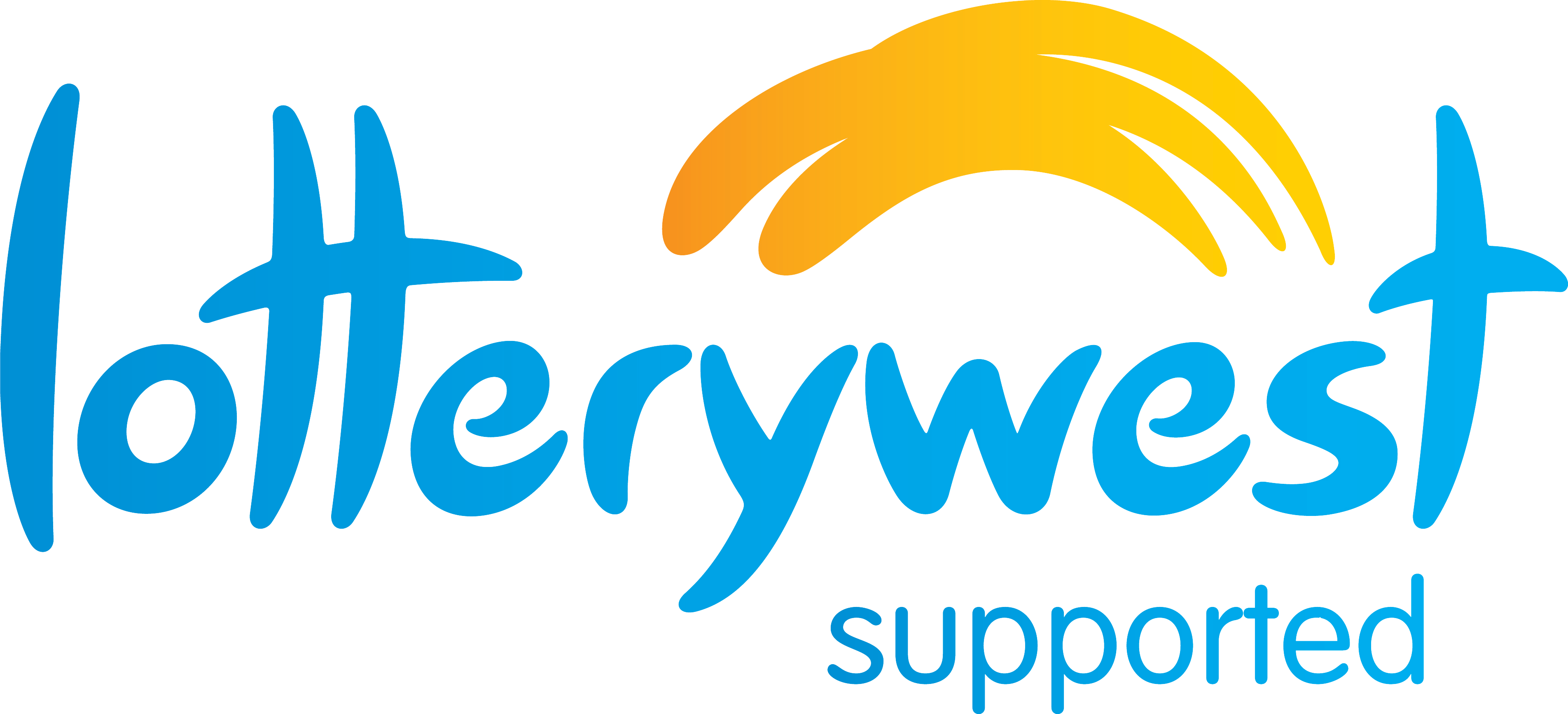Menu
The current model renders access to permanent housing through the priority waitlist.
In 2008, the National Cabinet (formerly the Council of Australian Governments) published The Road Home: A National Approach to Reducing Homelessness. A core feature underpinning the ground-breaking white paper was the goal to halve overall homelessness and making supportive accommodation available to all rough sleepers by 2020.
Despite this intergovernmental pledge, a recently released high-government agency report showed that minimal progress had been made in improving access to homelessness support over the past decade, with commentators note that the policy response remains limited in funding, scope and resources.
In 2018, the establishment of the National Housing and Homelessness Agreement (NHHA) provided an opportunity to address the lack of progress in the previous decade. Under the agreement, approximately $1.6 billion is provided annually in financial assistance, including $125 million dedicated to homelessness services. While this funding has played a crucial role for the homelessness sector, observers contend that Australia continues to lack a coordinated national homelessness strategy.
Correspondingly, the number of people experiencing homelessness increased almost 14 per cent between 2011 and 2016, with an estimated 116,000 homeless Australians counted during census night (ABS 2018). Notably, First Nations people are overrepresented and remain disproportionately affected by homelessness compared to non-Indigenous Australians. Moreover, according to the 2020–21 federal budget, more than $41 million has been reduced from homelessness services and social housing. This comes at a time when the ongoing economic, social and health implications of COVID-19 have pushed an increased number of households into housing stress and tenure insecurity, placing additional demand on welfare services.
Given the absence of an overarching strategy to end homelessness, many domestic Housing First programs are forced to rely on a highly constrained social housing sector to provide Australia’s most vulnerable individuals access to safe, secure, long term housing. In doing so, Housing First service users face extended wait times due to an undersupply of housing stock and extensive waitlists. In effect, efforts to rapidly rehouse individuals with complex needs are severely compromised.
Such observations bring into question the definition of Priority Housing against the backdrop of a severely constrained social housing supply. Although nuances exist across various State and Territories, Priority Housing is largely reserved for those applicants able to demonstrate ‘exceptional, urgent and critical needs’. While level of need constitutes a key factor determining people’s eligibility for the priority housing category, applicants must also ‘prove’ that they are capable of maintaining a tenancy, underscoring the conditional logic of the staircase model of homelessness intervention.
Put differently, only people with complex needs who can demonstrate housing readiness will be allocated permanent housing. Those who cannot, must return to crisis or short-term housing — to the bottom of the staircase. This model renders access to permanent housing through the priority waitlist conditional upon an applicant’s ability to graduate through temporary accommodation and treatment/support programs.
An extensive body of research and advocacy groups have called for a fundamental system change in the approach to homelessness in Australia. A core recommendation includes the incorporation of a Housing First response for people experiencing homelessness so that they can move as quickly as possible into needs, age and culturally appropriate long-term housing options.

